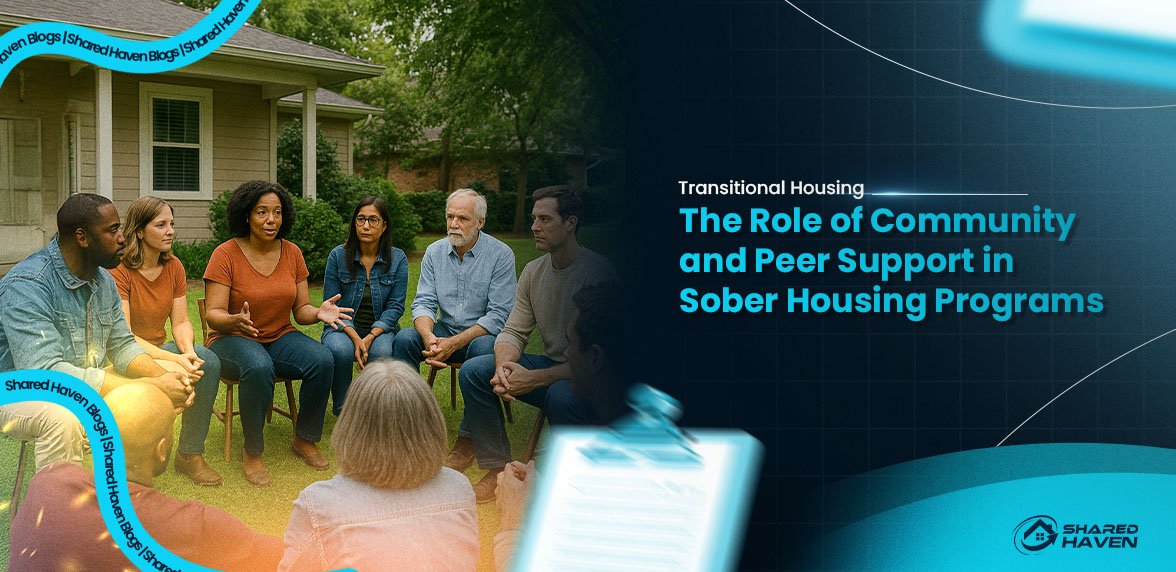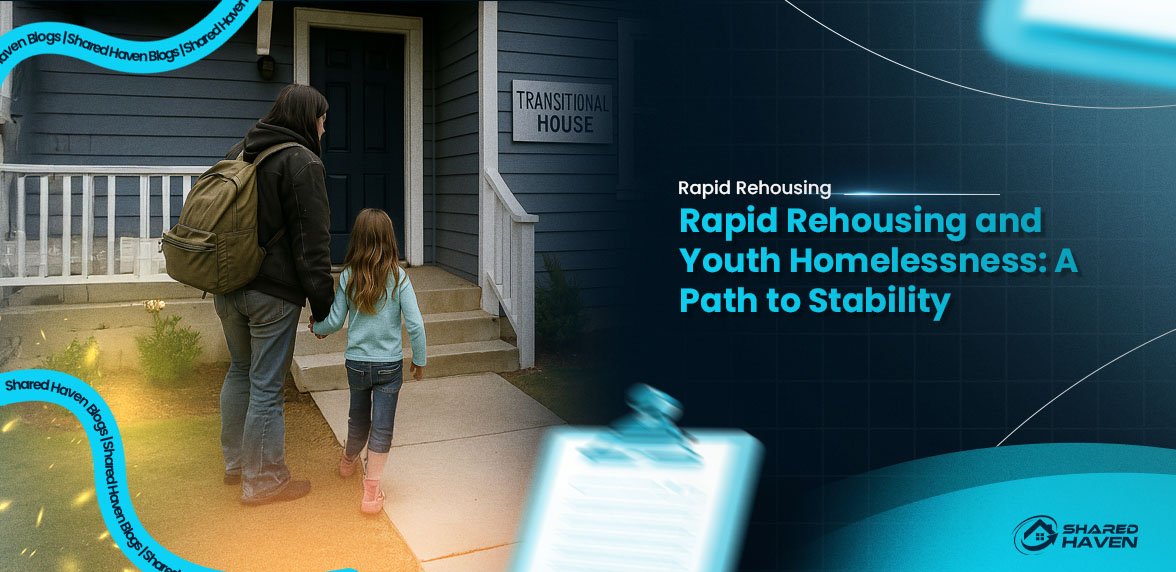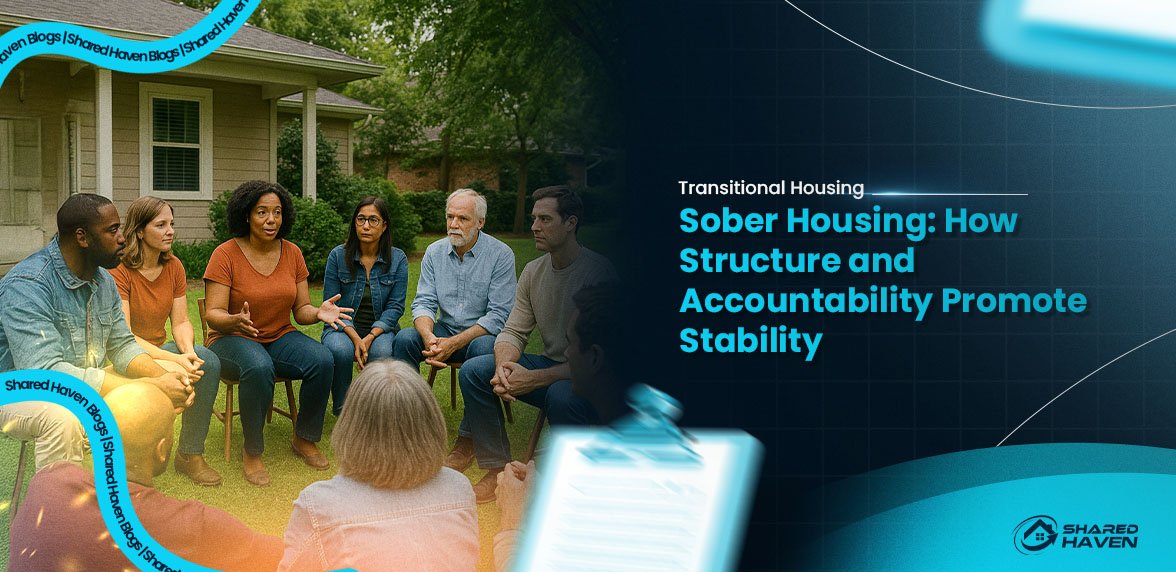What Is Transitional Housing? A Complete Guide for Beginners
Undoubtedly, life often presents challenges. Unfortunately, sometimes people face homelessness. Fortunately, transitional housing offers a crucial solution. Specifically, it bridges the gap. Therefore, this guide explores transitional housing. Additionally, it explains its purpose. Furthermore, you will learn how it helps.
Understanding Transitional Housing
Essentially, transitional housing provides temporary shelter. Moreover, it offers support services. Importantly, it helps people move. Initially, they go from homelessness. Eventually, they reach stable, permanent housing. Notably, this is not emergency shelter. Instead, it offers a longer stay. Primarily, it focuses on stability. Similarly, it also promotes self-sufficiency.
Who Benefits from Transitional Housing?
Generally, many different people use transitional housing. For example, veterans benefit greatly. Likewise, families with children find help. Additionally, people recovering from addiction also use it. Often, survivors of domestic violence need it. Furthermore, individuals experiencing mental health crises find support. Similarly, young adults aging out of foster care also need assistance. Moreover, people re-entering society from incarceration utilize these programs. Clearly, each group has unique needs. Consequently, transitional housing programs cater to these diverse situations.
The Purpose of Transitional Housing
Primarily, the main goal is stability. First, it offers a safe place. Subsequently, people can regain their footing there. Next, it provides vital resources. Significantly, these resources help residents grow. Ultimately, it prepares them for independent living. Essentially, it’s a stepping stone. However, it’s not a final destination.
Key Features of Transitional Housing Programs
Generally, transitional housing programs share common characteristics. First, they provide safe shelter. Obviously, this is always a priority. Second, they offer time limits. Typically, stays are from six months to two years. Third, they provide structured support. Undoubtedly, this support is crucial. Fourth, they connect residents to resources. Usually, these resources are external. Fifth, they foster community. Notably, residents often support each other.
Services Offered by Transitional Housing
Comprehensively, transitional housing programs offer a range of services. Moreover, these services are extensive. First, they provide case management. Specifically, case managers help residents set goals. Second, they offer life skills training. For instance, this includes budgeting and cooking. Third, they provide job readiness assistance. Particularly, this involves resume writing and interview practice. Fourth, many programs offer substance abuse counseling. Fifth, they connect residents to mental health services. Sixth, they help with educational opportunities. Seventh, they assist with childcare. Eighth, they provide transportation aid. Collectively, these services aim for holistic support.
The Benefits of Transitional Housing
Significantly, transitional housing offers considerable advantages. First, it provides a stable environment. Consequently, this reduces stress. Second, it promotes personal growth. Meanwhile, residents learn new skills. Third, it improves overall well-being. Certainly, access to services helps here. Fourth, it reduces recidivism for some populations. Fifth, it strengthens communities. Indeed, stable individuals contribute positively. Finally, it breaks cycles of homelessness. Remarkably, this is its most profound impact.
Finding Transitional Housing Near You
Typically, searching for transitional housing requires a few steps. First, contact local homeless service agencies. Certainly, they have valuable information. Second, reach out to community resource centers. Additionally, they can offer referrals. Third, consult online directories. Specifically, many websites list available programs. Fourth, inquire at local shelters. Often, they know about openings. Fifth, speak with social workers. Notably, they have extensive networks. Finally, be patient. Realistically, finding the right fit takes time.
How to Apply for Transitional Housing
Generally, the application process varies. However, some steps are common. First, gather necessary documents. Specifically, this includes identification. Second, complete an application form. Importantly, be thorough and accurate. Third, participate in an interview. Subsequently, this allows for assessment. Fourth, provide any requested references. Fifth, be prepared for a background check. Notably, each program has specific criteria. Therefore, understanding these helps.
The Role of Support Systems in Transitional Housing
Undeniably, support is critical. Initially, family and friends can offer encouragement. Additionally, community organizations provide further help. Often, volunteers assist programs. Similarly, peer support groups are also beneficial. Together, these systems create a safety net. Consequently, they help residents thrive. Unfortunately, without support, progress is harder.
What to Expect in Transitional Housing
Typically, life in transitional housing has structure. First, residents must follow rules. Importantly, these rules ensure safety. Second, participation in programs is often mandatory. Therefore, this promotes engagement. Third, residents contribute to the community. Specifically, they share responsibilities. Fourth, progress is monitored regularly. Meanwhile, case managers track goals. Fifth, the ultimate goal is moving out. Ultimately, this prepares for independent living.
The Future After Transitional Housing
Significantly, graduating from transitional housing is a major step. First, residents move to permanent housing. Potentially, this might be independent living. Second, they continue to utilize learned skills. Particularly, budgeting and job skills remain vital. Third, they maintain connections with resources. Consequently, this ensures ongoing support. Fourth, they become productive members of society. Clearly, their contributions are valuable. Finally, they inspire others. Remarkably, their success stories motivate.
The Impact of Housing on Communities
Substantially, transitional housing benefits entire communities. First, it reduces visible homelessness. Therefore, this improves public spaces. Second, it decreases strain on emergency services. Consequently, fewer people need urgent care. Third, it promotes public health. Notably, stable housing improves health outcomes. Fourth, it fosters economic growth. Specifically, employed individuals contribute taxes. Fifth, it builds stronger social fabric. Indeed, empowered citizens strengthen society. Therefore, investing in transitional housing is an investment in the community. Ultimately, it creates positive ripples.
Challenges Faced by Housing Programs
Unfortunately, transitional housing programs face various challenges. First, funding is often limited. Consequently, this impacts services. Second, securing suitable properties is difficult. Additionally, zoning laws can be restrictive. Third, staff burnout is a concern. Certainly, the work is demanding. Fourth, finding qualified personnel is hard. Specifically, specialized skills are needed. Fifth, addressing diverse needs is complex. Clearly, each resident is unique. Sixth, community opposition can arise. Unfortunately, Not In My Backyard (NIMBY) attitudes exist. However, overcoming these challenges requires dedication. Furthermore, it also requires strong partnerships.
Advocating for Housing
Importantly, supporting transitional housing is essential. First, contact local government officials. Specifically, express your support. Second, educate others about its benefits. Additionally, share success stories. Third, volunteer your time. Certainly, many programs need help. Fourth, donate resources. Specifically, money or goods are always useful. Fifth, challenge misconceptions. Meanwhile, explain the positive impact. Consequently, advocacy helps secure funding. Moreover, it also builds community acceptance. Ultimately, every voice makes a difference.
The Role of Government in Transitional Housing
Undoubtedly, government plays a crucial role. First, it provides funding. Specifically, this comes through various grants. Second, it develops policies. Importantly, these policies guide programs. Third, it offers regulatory oversight. Therefore, this ensures quality. Fourth, it encourages collaboration. Clearly, partnerships are vital. Fifth, it creates incentives for development. Consequently, this expands capacity. Obviously, strong government support is essential. Therefore, it allows programs to thrive. Unfortunately, without it, the challenges become insurmountable.
Success Stories
Fortunately, many individuals find success. For example, a single mother gains employment. Subsequently, she provides for her children. Another example: a veteran overcomes addiction. Eventually, he reconnects with his family. Similarly, a young person secures an education. Consequently, they build a promising future. Clearly, these stories highlight the impact. Furthermore, they demonstrate the power of opportunity. Ultimately, transitional housing changes lives. Moreover, it offers hope and a fresh start. Inspiringly, these personal journeys motivate us all.
Conclusion
Undoubtedly, transitional housing is vital. Specifically, it provides a bridge that moves people from crisis to stability. Additionally, it offers more than just a roof. Furthermore, it provides support and builds skills. Moreover, it empowers individuals while strengthening communities. Therefore, understanding transitional housing helps. Consequently, it fosters compassion. Similarly, it encourages support. Therefore, let’s work together. Specifically, let’s ensure everyone has a chance. Indeed, a chance for a stable home. Furthermore, a chance for a brighter future. Ultimately, transitional housing truly makes a difference.





